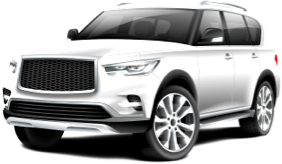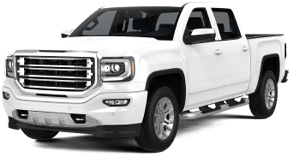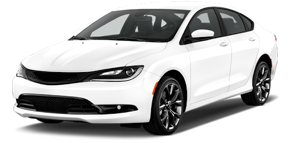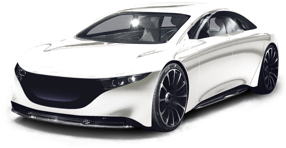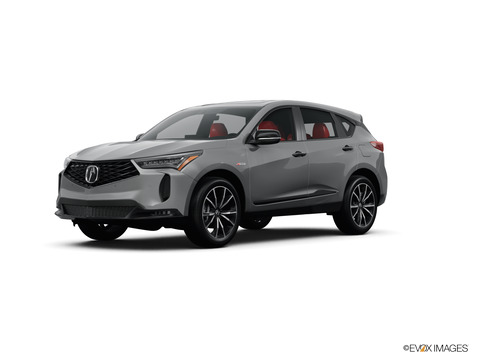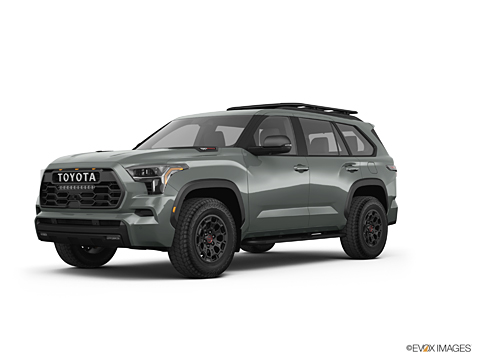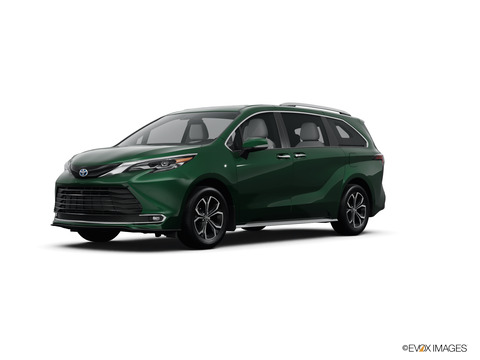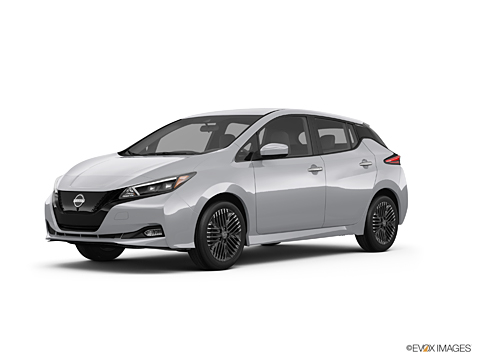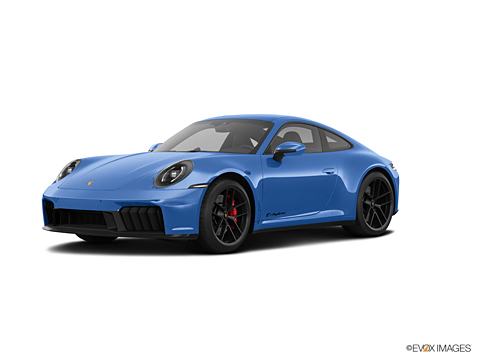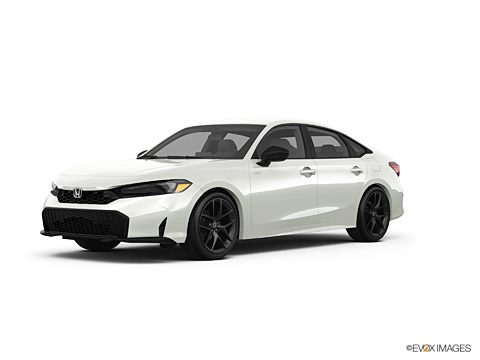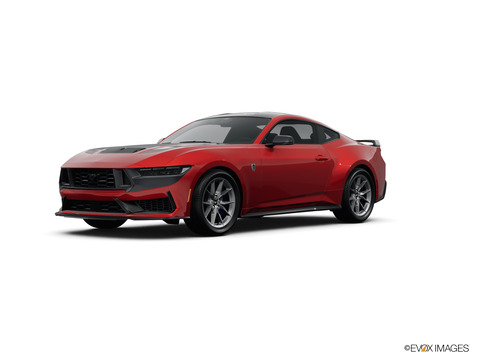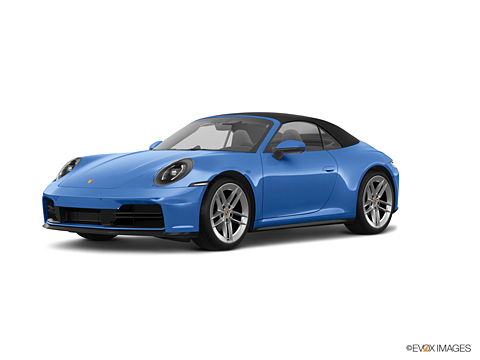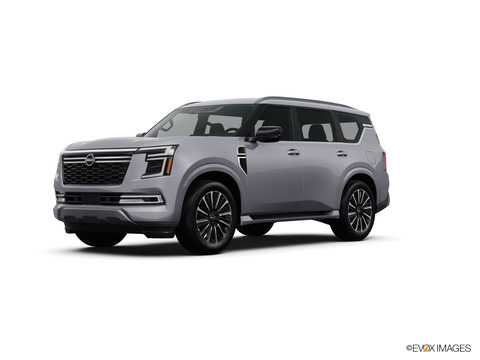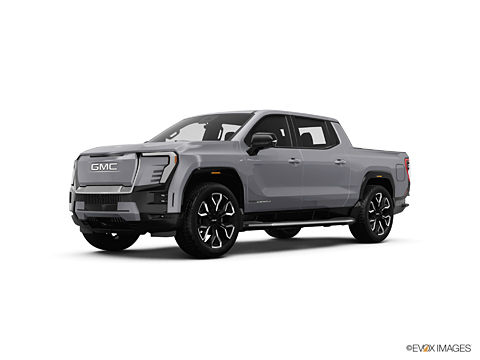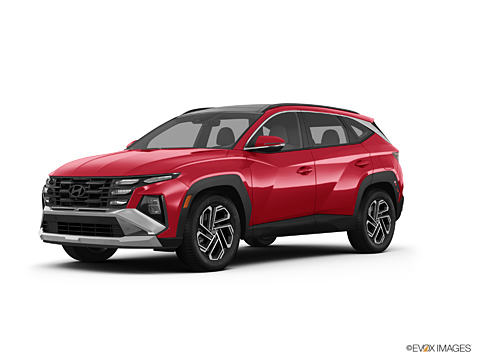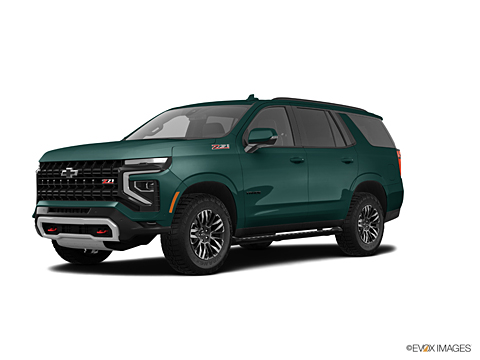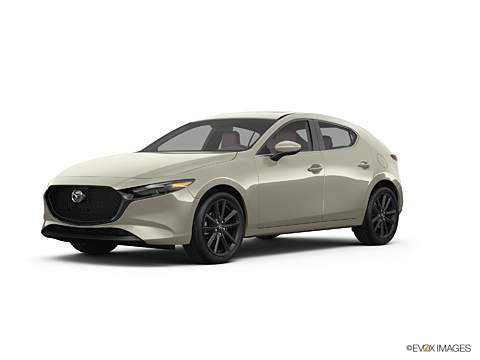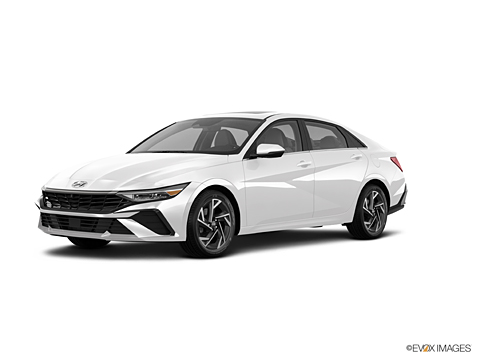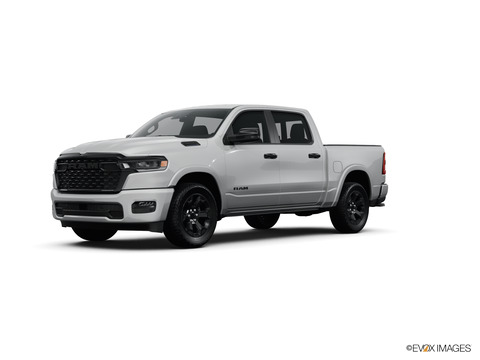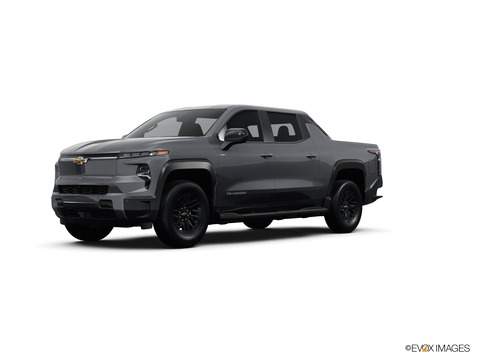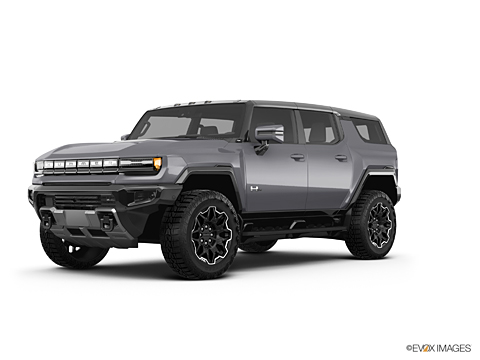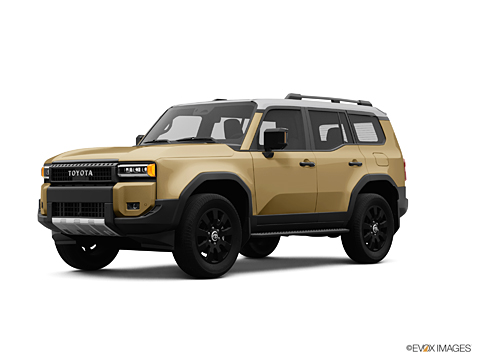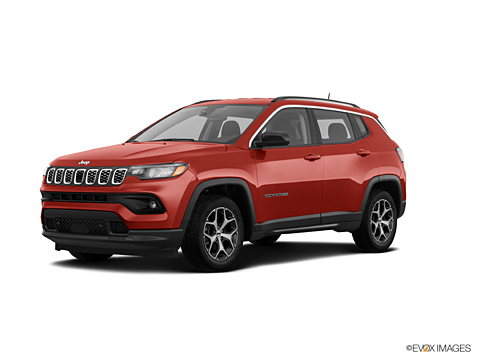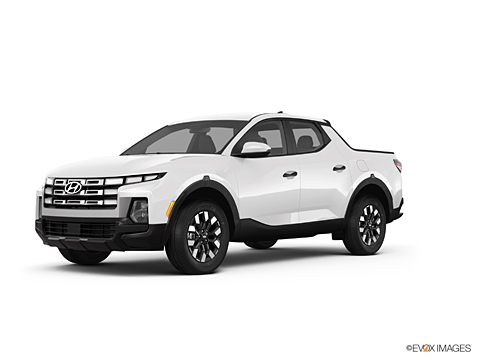
Best Japanese Cars for 2025
The best used and new Japanese cars, trucks, SUVs and more based on a data-driven analysis of each vehicle's reliability, resale value and safety.
Best Japanese Cars by Vehicle Type
Modern Japanese cars satisfy the full range of U.S. consumer demand, which includes everything from small, fuel-efficient hatchbacks to large, three-row luxury SUVs and full-fledged supercars. This breadth of product offering allowed Japanese cars to surpass European market share in the U.S., with Japanese brands now making up approximately half of all new car sales in the U.S. This is surprising when one considers Japan’s limited role in U.S. car sales before 1970.
But a combination of factors in the early 1970s, including skyrocketing fuel prices, increased emissions regulations, and growing American demand for higher quality automotive products, combined to catapult demand for Japanese vehicles during the 1970s and ‘80s.
Early Japanese models sold in U.S. showrooms included the practical Toyota Corona and sporty Datsun (Nissan) 240Z. But it was the 1973 oil embargo that sent fuel prices skyrocketing and opened the door for fuel-efficient models like the Honda Accord, Honda Civic, and Toyota Corolla to find favor with U.S. shoppers, eventually becoming top sellers in America.
Japanese car brands pioneered many automotive technologies over the past 50 years, including the widespread use of front-wheel drive and hatchback body styles to provide maximum interior space in compact cars. Japanese automakers also led the way in developing early turbocharger technology, giving performance cars like the Toyota Supra and Mitsubishi Lancer Evo an appealing balance of acceleration and fuel economy.
The Lancer Evo, along with the Subaru Impreza WRX, took a page from Audi’s playbook, incorporating advanced all-wheel-drive technology to find success in competitive motorsports while establishing an enthusiast U.S. fan base. Additional high-profile Japanese enthusiast models include the Mazda RX-7, with its innovative rotary engine, the Acura Integra Type R, with its high-revving inline four-cylinder featuring variable valve timing, and the Nissan Skyline GT-R. The Skyline was originally a Japanese Domestic Market (JDM) model, but ongoing U.S. interest eventually resulted in a twin-turbo Nissan GT-R landing in U.S. showrooms.
Below you will find the best Japanese cars ranked by their iSeeCars quality score across a number of categories. New and used pricing, fuel efficiency ratings, and cargo space information is also included for each model.

Best Japanese Cars
Best Japanese SUVs
Best Japanese Trucks
Best Japanese Hybrids
Best Japanese Electrics
Best Japanese Minivans
How We Rank These Cars
iSeeCars Best Japanese Cars are calculated based on the latest analysis by our data science team of more than 330 million cars.
The overall iSeeCars Quality Score combines analyses of these three factors: reliability, resale value, and safety. It is calculated based on the latest research and analysis by our data science team. The data analysis comes from over 330 million vehicles as reported in our Longest-Lasting Cars and 5-Year Depreciation Studies. These two factors are combined with NHTSA and/or IIHS Safety Ratings to determine a car’s Quality Score. Only cars with recent model years are included.
Each vehicle is rated on a scale from 1 to 10, with 10 being the highest Quality Score. Vehicles within a given category are sorted to show the highest-scoring ones first. If two cars have the same ratings, the tie is broken by the Reliability Rating, Value Retention Score, and Safety Score. iSeeCars displays comprehensive Quality Scores along with the subscores for each model because multiple factors should be taken into account when buyers are seeking the best overall vehicle.
Vehicles are scored in three categories:

Reliability
The reliability score represents an analysis of iSeeCars' proprietary research on the longest-lasting vehicles.

Value Retention
The value retention score is based on our data science team's statistical analysis and prediction of 5-year depreciation from MSRP to determine which cars hold their value best, using US Bureau of Labor Statistics data to adjust for inflation.

Safety
The safety score is calculated based on the last five years of crash test ratings from the National Highway Traffic Safety Administration (NHTSA) and incorporates the latest Top Safety Pick information from the Insurance Institute for Highway Safety (IIHS).


